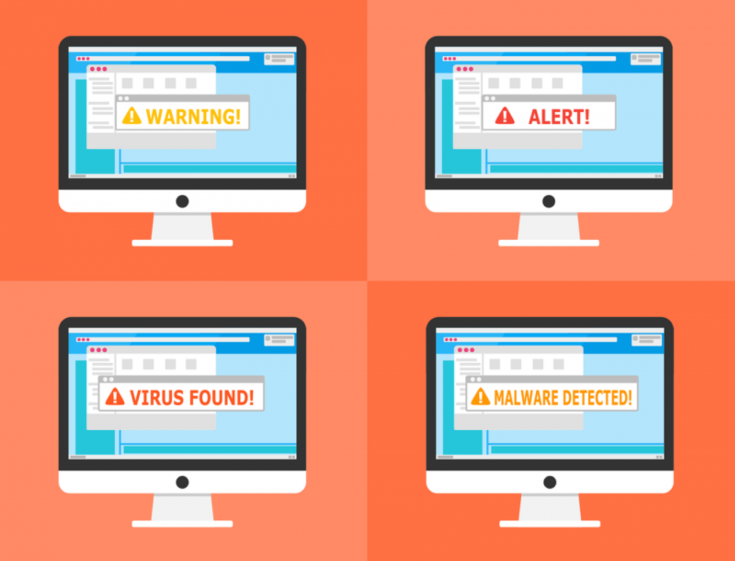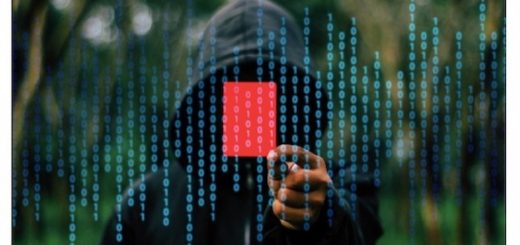As we are well into the digital era, most of our activities have migrated online. From web banking to online chatting, we connect to the Internet to perform fundamental tasks on a daily basis. While it significantly increases the speed by which we can carry out business and also offers the convenience of working on the go, being online also raises our chances of being the target of hacker attacks – including from various types of malware. What is malware and can you effectively protect yourself against it?
What is malware and how do you spot an infection?
Malware is short for malicious software, a term which speaks for itself. It is a general term encompassing various types of programs and code that are harmful to your computer and systems. Malware is essentially software that was developed by cyber criminals with malicious intent and is designed to perform a number of hostile actions. As a result of a malware infection, you could find the performance of your computer is significantly affected.

Source: Pixabay
Very often, you will find your computer slowing down for no apparent reason, as malware is using up resources and hindering your operating system from performing at top speed. Other times, users experience their devices freezing or shutting down unexpectedly, another telling sign that malicious software has managed to invade your systems. If you are using a computer that runs on Windows, you might experience the infamous Blue Screen of Death – which is so well-known it has even featured on apps designed to play a practical joke on your friends. While the BSOD is probably the most widely known sign of an infection, you should also be wary of suspicious ads that keep popping up on your screen, software or apps you cannot remember having installed or even a mysterious and sudden lack of storage space, which could be due to malware taking up space in the background.
How do anti-malware solutions work?
As hackers continue to design new and more elaborate types of malware, so does the cybersecurity industry engage full-force in the development of malware removal solutions. As malware targets vulnerabilities within a system, such as a flaw in a browser or web application plug-in, malware removal software aims to prevent it from being successful and hijacking legitimate software. When it comes to web applications, which are very widely used, deploying a Web Application Firewall can effectively stop a malware attack in its tracks. A WAF inspects all incoming requests, using a range of analytical tools that can include signature, reputational and behavioral analysis, in order to weed out fraudulent ones made by malicious users looking to intrude and infect your system.

Source: Pixabay
A backdoor protect is another popular type of anti-malware software, which intercepts any attempts made by backdoor shells to communicate with your web server. As is the case with WAF, backdoor protects software can not only stop malware from invading your computer in the first place but also trace and remove infections that already existed before the service was deployed.
Finally, implementing two-factor authentication solutions to protect user log-ins can make sure that even if hackers manage to get hold of stolen credentials, they will not be able to use them to penetrate your systems. 2FA requires the user to complete an extra authentication step which requires them to use a device they have physical access to, that functions as an added layer of security.
Staying alert: the impact of malware attacks
After the ransomware attacks that inflicted harm on thousands of users worldwide in the past few years, including some high-profile ones like transport and logistics conglomerate Maersk or global law firm DLA Piper, users have become increasingly aware of the dangers of malware. Yet its reach continues to expand. As Statista reports, in 2018 alone there were over 5,700 global incidents where malware was deployed. The public sector received the lion’s share of these attacks, as it was targeted in 4,922 cases. The information industry came in second with 244 recorded incidents, while the financial sector was third at 96. Professional services were targeted 91 times, closely followed by the 90 incidents documented in retail and 88 in manufacturing.

Source: Pixabay
The impact of being hit by malware can be grave – just consider the amount of time and money it would take to restore your computer, not to mention that in the process you might lose valuable data and have to start all over. Beyond that, malware infections can also allow hackers to get their hands on your personal information, including details that will enable them to commit identity theft or financial information that will allow them to gain unauthorized access to your funds, with devastating consequences. This becomes especially pertinent when it comes to companies or professionals that also handle and store personal data linked to other people, like clients.
Just like with every aspect of cybersecurity, being proactive is the best approach. This means that both individual users and companies need to seek out experienced technical support, get informed on the dangers of malware and implement tailored solutions for malware detection and removal.




